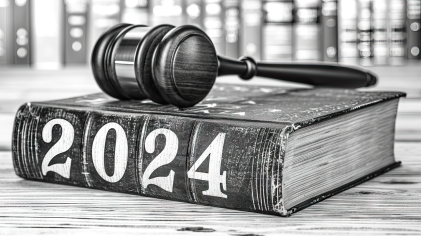· Rights & Legal Awareness · 4 min read
Protecting Your Assets: Property Division in Divorce
Learn how to protect your assets during divorce with strategies for property division, prenuptial agreements, and financial planning for a secure future.

Divorce can be an emotional and challenging experience, especially when it comes to dividing assets. Protecting what you’ve worked hard for is crucial to maintaining financial stability after the marriage ends. What exactly does property division mean in divorce, and how can you safeguard your assets? Let’s dive into the key aspects of property division and ways to protect your wealth.
Understanding Property Division
To protect your assets, it’s essential to understand how property division works. Courts generally categorize assets into two main categories: marital property and separate property.
Marital property: Includes assets or debts acquired during the marriage, regardless of whose name is on the title.
Separate property: Refers to assets owned before marriage or obtained through inheritance or gifts during the marriage.
There are two main methods that courts use to divide property in a divorce:
Community property: All assets acquired during the marriage are split equally (50/50).
Equitable distribution: Assets are divided fairly, but not necessarily equally, based on factors like income, contributions, and individual needs.
How Courts Decide Property Division
Property division is rarely straightforward. Courts consider several factors to determine a fair division of assets, including:
Length of the marriage
Financial and non-financial contributions from each spouse (like homemaking)
Each spouse’s earning potential
Health and age of both parties
Prenuptial and postnuptial agreements can also significantly influence property division, as they may specify how assets will be split if the marriage ends.
Types of Assets Involved in Property Division
Many types of assets come into play during property division:
Real estate: Includes the family home, rental properties, and vacation homes.
Personal property: Cars, jewelry, and household items acquired during the marriage.
Financial assets: Bank accounts, stocks, bonds, and retirement accounts often play a central role in property division.
High-Value Assets and Complex Division
For high-net-worth individuals, property division becomes more complex. This includes businesses, investments, and intellectual property. Businesses may need valuation and can involve buyouts or shared ownership, while intellectual property like patents may also require special consideration.
The Role of Debts in Property Division
Debts are often part of the division process. Shared debts, such as mortgages or joint credit cards, are generally split between spouses, while individual debts incurred before or after marriage usually remain with the person who incurred them.
Protecting Your Assets Before Divorce
Taking steps to protect your assets before divorce can prevent complications later. One effective way is through a prenuptial or postnuptial agreement, which defines how assets should be divided if the marriage ends. Other steps include:
Financial transparency: Being open about finances with your spouse.
Separate accounts: Keeping personal finances separate.
Early consultation with financial advisors: Getting professional guidance on asset protection.
Legal Strategies for Asset Protection
Several legal strategies can help safeguard your assets:
Trusts and estate planning: Moving assets into trusts can protect them from division.
Gifting strategies: Transferring ownership of assets to family members or others may help reduce losses, though this may have tax implications.
Hidden Assets in Divorce
Sometimes, one spouse may try to hide assets to reduce what they share. If you suspect this, hiring a forensic accountant can help. Courts impose penalties or adjust division if hidden assets are found.
Retirement Accounts and Divorce
Dividing retirement accounts like 401(k)s, IRAs, and pensions can be tricky. A Qualified Domestic Relations Order (QDRO) may be needed to ensure retirement funds are split fairly without tax penalties.
Impact of Divorce on Business Ownership
Business ownership complicates property division. Courts consider factors like business valuation, each spouse’s role in it, and the feasibility of a buyout.
Handling Joint Properties After Divorce
For joint properties, such as the family home, couples usually have two options: selling the property and splitting the proceeds or having one spouse buy out the other’s share. Some couples, especially those with children, may continue co-ownership post-divorce.
Protecting Family Heirlooms and Sentimental Assets
Family heirlooms or other sentimental items can be tough to negotiate. It’s essential to prioritize what’s most important and work towards a fair agreement.
Steps to Take During Divorce for Financial Stability
Divorce affects not only your present but also your future. Start planning for financial stability by:
Establishing credit in your name
Creating a post-divorce budget
Thinking about long-term investments and savings
Conclusion
Divorce is never easy, but taking steps to protect your assets can help ensure financial security. From prenuptial agreements to understanding how courts divide property, proactive steps and working with legal and financial professionals can help you emerge from divorce with your wealth intact.



